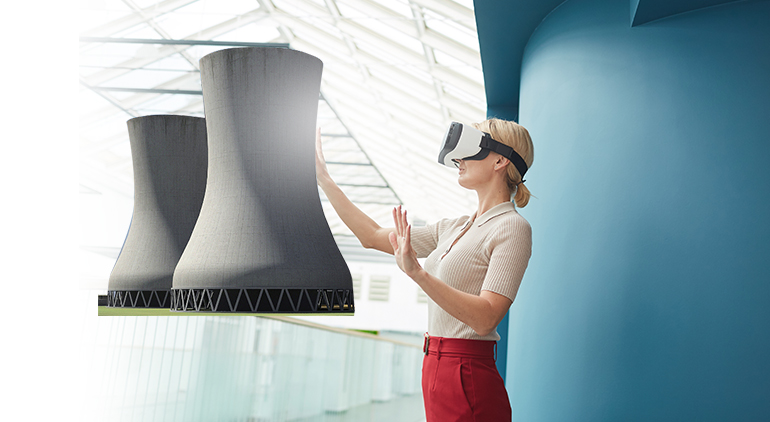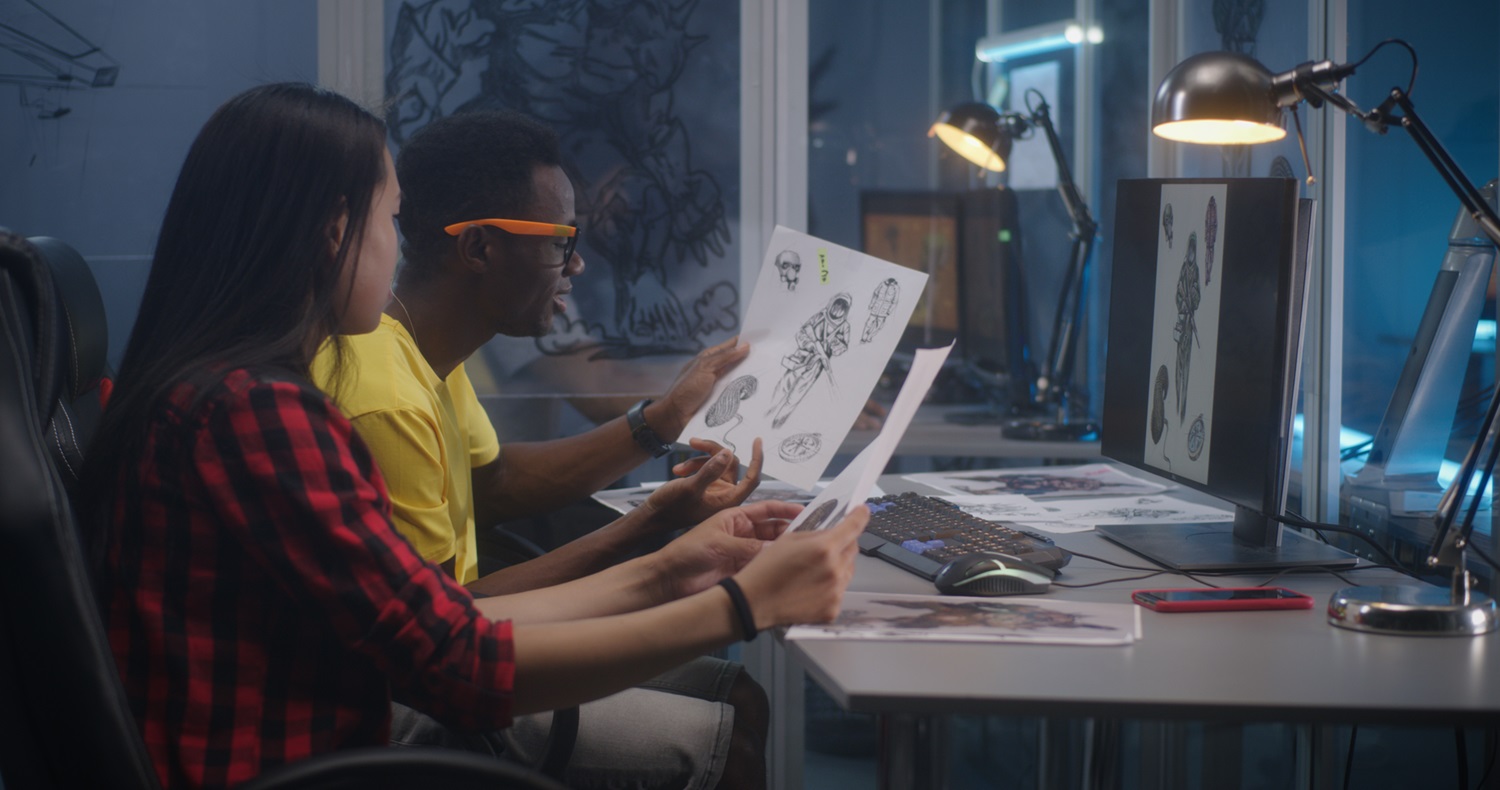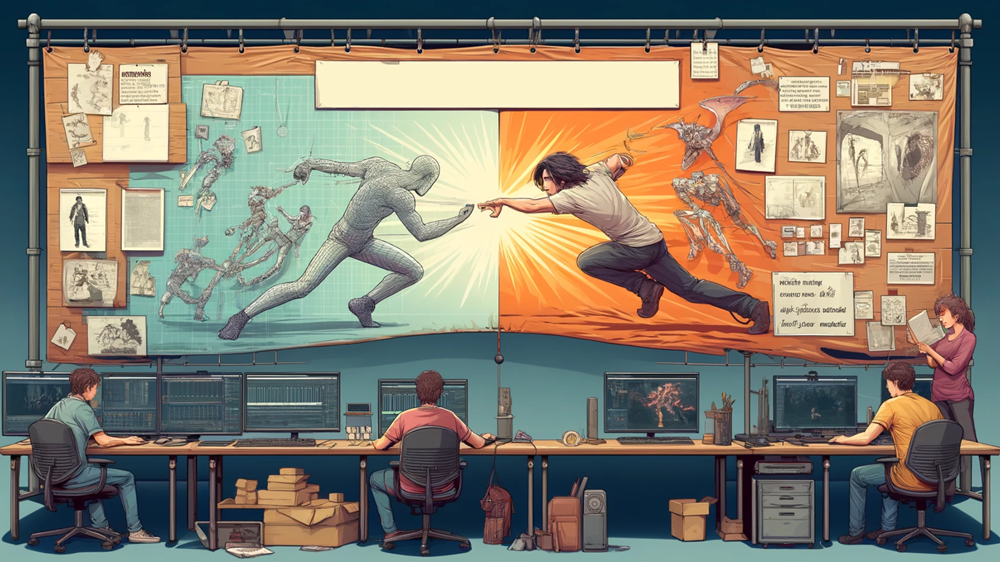Augmenting the Fission: Application of Augmented Reality in Nuclear Plants
"Over 80% of unplanned downtimes are caused by human error."
Colossal cross-overs are being
experienced by the commercial sector and augmented reality. And the one player
standing to reap the biggest benefits of augmented reality’s business process
disruption is the nuclear industry.
• Global nuclear plants revenue is estimated at
$36,484 Million.
• By 2025, the market is expected to generate
$49,038 Million.
• The CAGR from 2018 to 2025 is projected to be
3.7%
AR Powered Nuclear Infrastructure
“AR market is estimated to reach
an annual growth rate of 43.8% by 2028.”
There are three major
implications of peak priority within this hazardous environment and how AR can
help overcome them. This includes:
• Procedure
upgrading and error reduction.
• Enhancing
communication.
• Building
awareness of radiation.
But before diving into the benefits of augmented reality in nuclear power plant safety, let us take a look at the idiosyncrasies of the power industry that makes such an innovation a sine qua non.
Current Challenges
1. Maintenance
The maintenance procedures followed in nuclear power plants are, without doubt, complex and need intricate detailing. PBPs or paper-based procedures loom large over the industry and find major applications nowadays.
2. Conveyance
If a system malfunction or an apparatus gets destroyed, various teams have to be sent to the field for maintenance. If the issue is time-sensitive, the teams rely on remote conveyance of information and not a live video feed. Vague indicators and relayed communication are used.
3. Radiation
Working in high radiation conditions necessitates the utility technology workers to sport a reading device to understand the level of radiation around them. The current tech proffers EPD and TLD.Electronic Pocket Dosimeter is limited by mere reading and not accurate information about which component is contributing to the radiation.
EPD needs to be mounted on the chest, thus making reading difficult.
Thermoluminescent Dosimeter, on the other hand, does not give live readings.
Now that the drawbacks currently experienced by the nuclear power industry have been explored, let us take a look at few cases of AR stepping up to provide answers. We will divide this section into three parts as mentioned earlier.
Simplifying CBP
From paper-based procedures, AR has brought the industry into the realm of computer-based procedures. The many complications and potential threats while working in the field can be addressed, the efficiency can be increased, and the procedures can be streamlined through AR.
Let us take a look at some use cases:
• Strategizing a procedure requires aiding the worker to understand the proper completion of one step and how to move on to the next step. CBP can automatically direct the utility worker where to go and what to do through AR-enabled headsets.
See also: Increasing Gas Plant Safety Through AR Wearables
• Action or acknowledgment. Certain procedures
might require just information gathering and not an explicit action. Through an
OCR or Optical Character Recognition service, AR can collect all the necessary
data and then guide the worker to wherever an action is required.
• While a traditional PBP is limited to words, AR-enabled CBP can show relevant pictures and videos to simplify identification
and maintenance procedures even more.
Apart from the above-mentioned simplifications, AR can also automate many routine tasks, giving the workers and engineers more time to concentrate on what really matters. This strategy and efficiency streamlining can also reduce human errors and confirmation biases.
Overlaying Information
The utility workers often operate in high-risk areas with constant radiation. The philosophy they follow is ALARA (As Low As Reasonably Achievable). Though the policy is perfect, a little more information can never hurt.Apart from the total radiation level, digitally superimposing individual elements with their contributions to the radiation can further help the personnel. An AR wearable armed with NFC and a pre-labeled source strength can easily give this highly relevant information to the wearer.
Ease of Communication
Various teams have to undertake and implement time-sensitive issues. And the teams are generally bound to second-hand info such as vague indicators and remote relaying.
6 mins read: Putting Augmented Reality in Cars
With AR-enabled visors, video transmission is possible between the ground staff and engineers as well as between various teams to pinpoint the exact maintenance need and to increase efficiency by saving time.
Digitally replicating the vision of the ground staff
can enable engineers to transmit real-time valuable information, saving both
times, and in some cases, the personnel.
The “smart” Future
“By 2025, a 4% increase is
expected in the nuclear power plants CAGR across India.”
India has 22 nuclear reactors operating across 7 companies. It generates 3.22% of the total electricity. By April 2021, India’s power consumption has grown by 41%.
To match the demand and supply, massive recruitment of ground staff and professionals are seen across the nuclear power industry. Training of the personnel and proper security measures are required in this high-risk environment.
With augmented reality, an
immersive environment of multiple support factors can be laid out.
For more such industry-specific
information about how augmented reality development services are disrupting the world we live in,
visit EDIIIE






